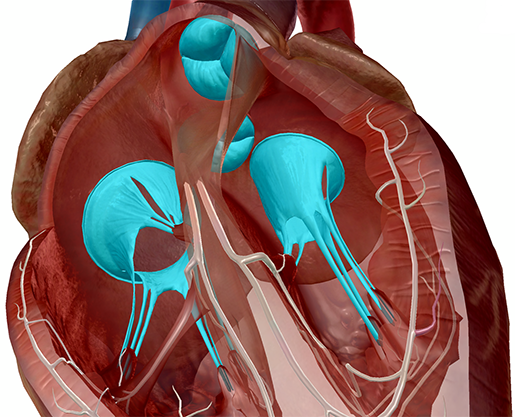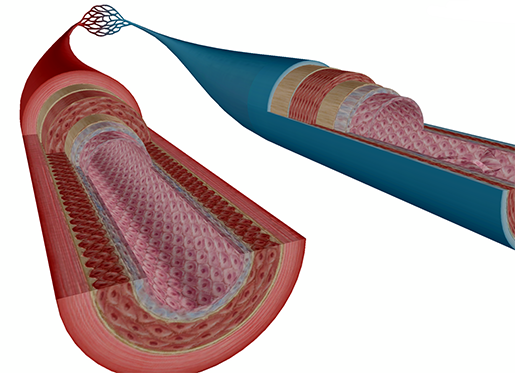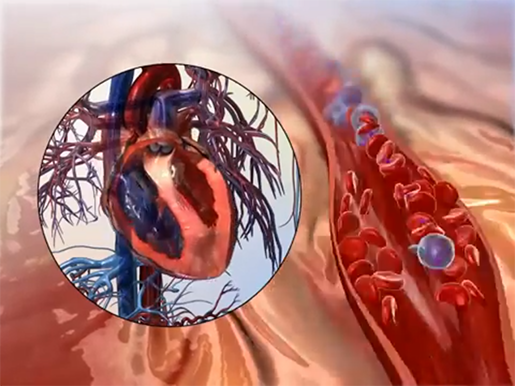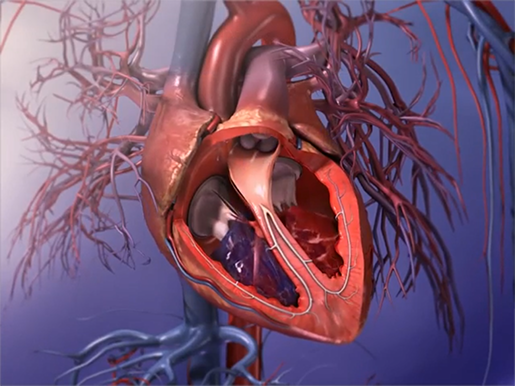Posted on 1/27/14 by Courtney Smith
When your heart pounds, do you think of how hard your ventricles are contracting to push blood in and out of the heart? Do you think of the astonishing pressure your veins and arteries withstand when you are out of breath and your adrenaline is pumping? Probably not. I know I certainly don't. If my body's flooded with adrenaline and my heart is pounding, I'm either exercising or being chased by a lion; in either case, my mind is going to be focused on not dying rather than how hard my heart is working.
But since we have a golden opportunity here, let's focus on the heart. Enough about hypothetical lions and even more hypothetical exercising.
Want more heart facts? Check out our free "Build a Heart" eBook!
It goes far beyond “that sound in your chest.” Systole and diastole are the normal, rhythmic contractions of the ventricles as they pump blood in and out of the heart. The actual beating sound is usually described as lub DUB. The lub occurs when the mitral and tricuspid valves close and push blood out of the heart via the semilunar valves (systole), and the DUB occurs when the semilunar valves close and blood fills the ventricles (diastole).
 Image from Human Anatomy Atlas.
Image from Human Anatomy Atlas.
The average number of heart beats per minute is 72.
As blood moves through your body, it puts pressure on the walls of your veins and arteries, much the way soda does when sucked through a straw. Blood pressure is the amount of force put on your blood vessels, caused by the flow generated by the heart as it pumps and any resistance that blood encounters as it moves through the vessels.
 Image from Human Anatomy Atlas.
Image from Human Anatomy Atlas.
The heart beats faster during times of stress, exercise, or, in my case, when I see pictures of Oscar Isaac, resulting in blood being pumped in and out of the heart and through the vessels at an increased rate. In this state, your blood pressure is high.
 Image from Physiology Animations.
Image from Physiology Animations.
Blood pressure in a resting state is usually around 120 (systolic) over 70 (diastolic).
So, let's recap: Blood is pumped in and out of the heart and through the arteries and veins, the force exerted by the blood on the vessel walls is called blood pressure, and Oscar Isaac makes my ticker go lub DUB, lub DUB, shalamalama ding dong.
Excellent. Moving on.
Now, the average amount of blood pumped per heartbeat is 70 mL. This is called stroke volume.
Cardiac output, on the other hand, is the volume of blood that each ventricle pumps out every minute. How much blood is that? Well, let's find out!
To find cardiac output, we'll first need to determine how many times your heart beats per minute. To do this, place your hand over your heart and count the beats for exactly one minute. Ready? Go.
 Image from Physiology Animations.
Image from Physiology Animations.
Okay, at the end of a minute, my heart beat 74 times. I will take that and multiply it by the stroke volume, which is 70 mL.
My cardiac output is 5180 mL/minute, or 5.18 L. How about you? What did you get? For fun, do 30 jumping jacks and then measure your cardiac output. How much of a difference do you see between your resting state result and your jumping jacks result?
Be sure to subscribe to the Visible Body Blog for more anatomy awesomeness!
Are you a professor (or know someone who is)? We have awesome visuals and resources for your anatomy and physiology course! Learn more here.
When you select "Subscribe" you will start receiving our email newsletter. Use the links at the bottom of any email to manage the type of emails you receive or to unsubscribe. See our privacy policy for additional details.
©2025 Visible Body, a division of Cengage Learning